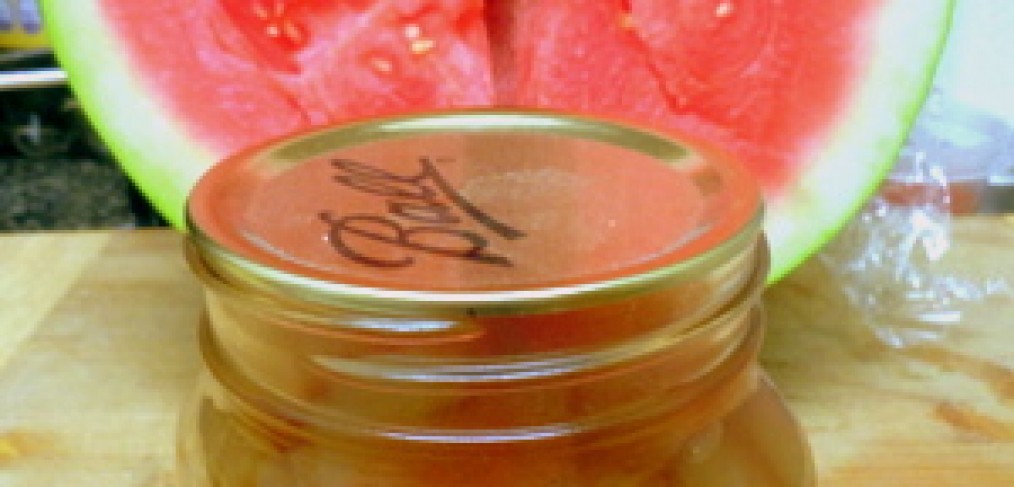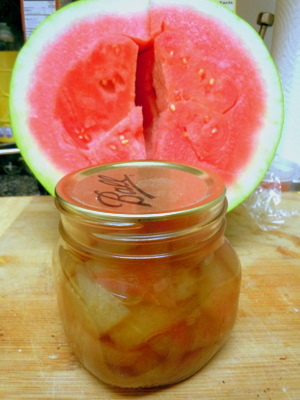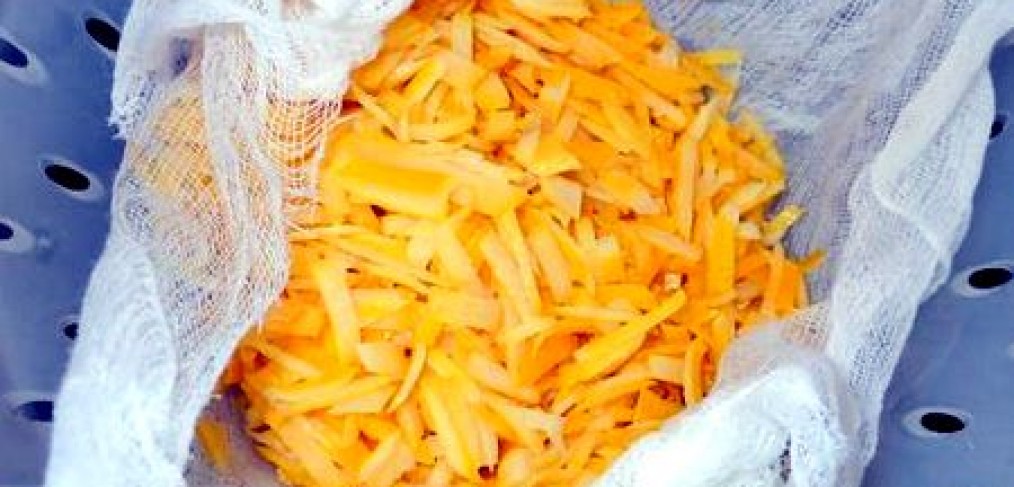Ed Note: Our friend Julia, canning lover and far mar worker, is back to rant about a newly acquired, and blogger-inspired, cookbook. Julia’s previously written about roasted rhubarb and Meyer lemon syrup.
Discovering my inner Southern grandmother has opened up my cookbook addiction in a whole new direction: canning and preserving texts now fill my shelves. Apparently many, many others have also become a part of this “canvolution” (not my word – I swear) and so a whole crop of canning books are popping up. As such, it seems that all sorts of canning bloggers are scrambling to write books to cash in on the craze.
For those of us who love cookbooks, but hate to follow recipes, canning presents a unique challenge in that, not following a recipe or procedure to a “t” can result in some really nasty things. Like death. From botulism. Not a pretty way to go.
As a result, every canning book that I have come across lately has – rightly – dedicated a good amount of space to describing the process of canning safety measures and the history of various methods.
The most recent canning book to my collection, WE SURE CAN! How Jams and Pickles Are Reviving the Lure and Lore of Local Food (courtesy of Arsenal Pulp Press) does not break from that format. In fact, author Sarah B. Hood spends 60ish pages writing about the history of canning…Then the resurgence of canning…Then the people responsible for the resurgence of canning…. Then the way to can…
And then (YAY!) we get two recipes.
Read More›



